Kyoritsu KEW 4106 Manual
Læs gratis den danske manual til Kyoritsu KEW 4106 (50 sider) i kategorien Måleudstyr. Denne vejledning er vurderet som hjælpsom af 24 personer og har en gennemsnitlig bedømmelse på 3.8 stjerner ud af 12.5 anmeldelser.
Har du et spørgsmål om Kyoritsu KEW 4106, eller vil du spørge andre brugere om produktet?

Produkt Specifikationer
| Mærke: | Kyoritsu |
| Kategori: | Måleudstyr |
| Model: | KEW 4106 |
Har du brug for hjælp?
Hvis du har brug for hjælp til Kyoritsu KEW 4106 stil et spørgsmål nedenfor, og andre brugere vil svare dig
Måleudstyr Kyoritsu Manualer


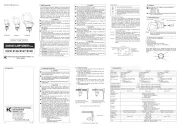
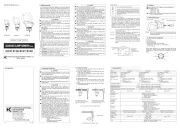

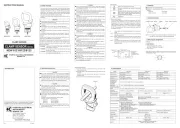

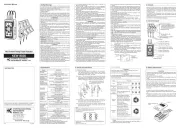
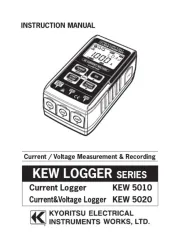
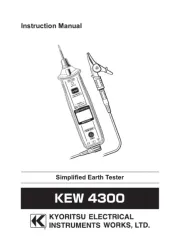
Måleudstyr Manualer
- Ridgid
- Apollo Ultrasonic
- Delta Ohm
- Uni-T
- Qubino
- Metrix
- Oscium
- Kreg
- MGL Avionics
- Rigol
- Rotronic
- Hameg
- ENTES
- Seek Thermal
- Aeroqual
Nyeste Måleudstyr Manualer









